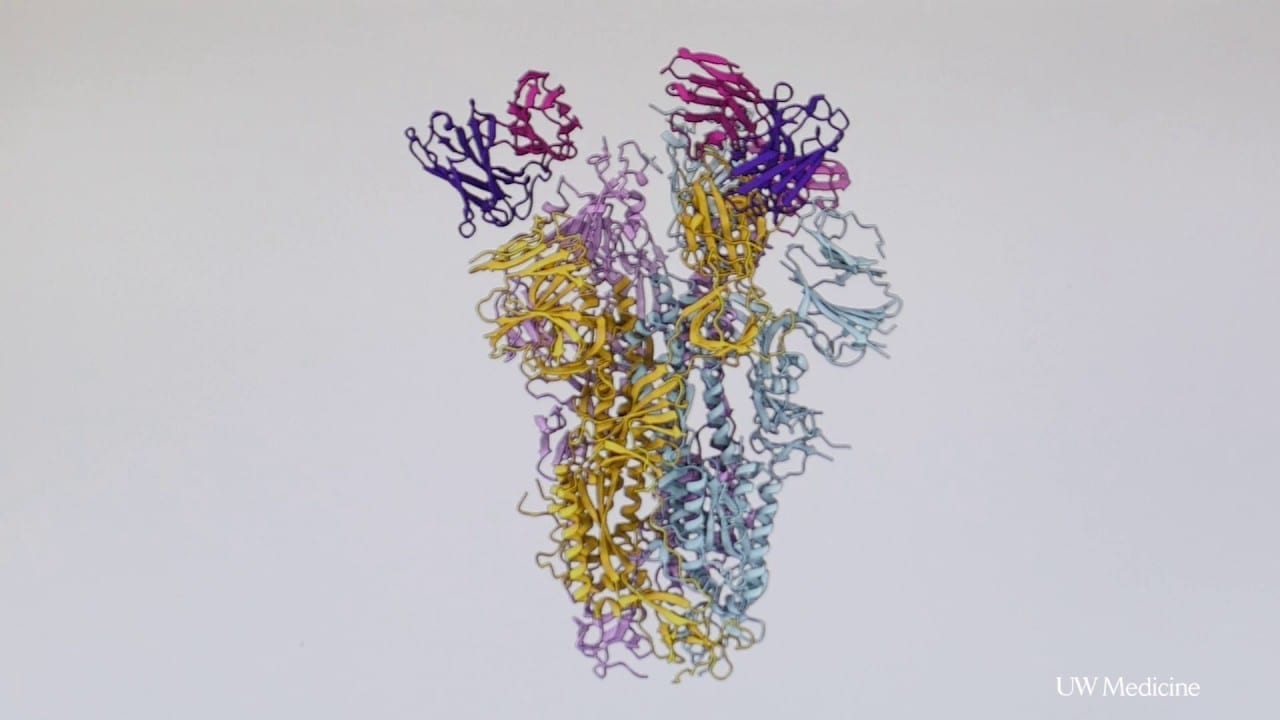
A group of Cornell-developed, fingernail-sized satellites may travel to Saturn within the next decade, and as they flutter down through its atmosphere, they will collect data about chemistry, radiation and particle impacts.
Three prototypes of these chip satellites, named “Sprite,” will be mounted on the International Space Station after the space shuttle Endeavour delivers them on its final flight, which is scheduled to launch at 3:47 p.m. EDT on Friday, April 29.
President Barack Obama and alumna U.S. Rep. Gabrielle Giffords, MRP ’97, (D-Ariz.), who has not been seen publicly since the Jan. 8 attack in Tucson, Ariz., plan to attend the launch. The Endeavour crew is led by Commander Mark Kelly, Giffords’ husband.
The thin, 1-inch-square chips, in development for three years in the lab of Mason Peck, associate professor of mechanical and aerospace engineering, will be mounted to the Materials International Space Station Experiment (MISSE-8) pallet, which will be attached to the space station, exposing them to the harsh conditions of space to see how they hold up and transmit data.
Although grapefruit-size satellites have been launched before, they have functioned much like larger satellites. The flight dynamics of a chip satellite are fundamentally different from these larger “CubeSats.”
“Their small size allows them to travel like space dust,” said Peck. “Blown by solar winds, they can ‘sail’ to distant locations without fuel. … We’re actually trying to create a new capability and build it from the ground up. … We want to learn what’s the bare minimum we can design for communication from space,” Peck said.









